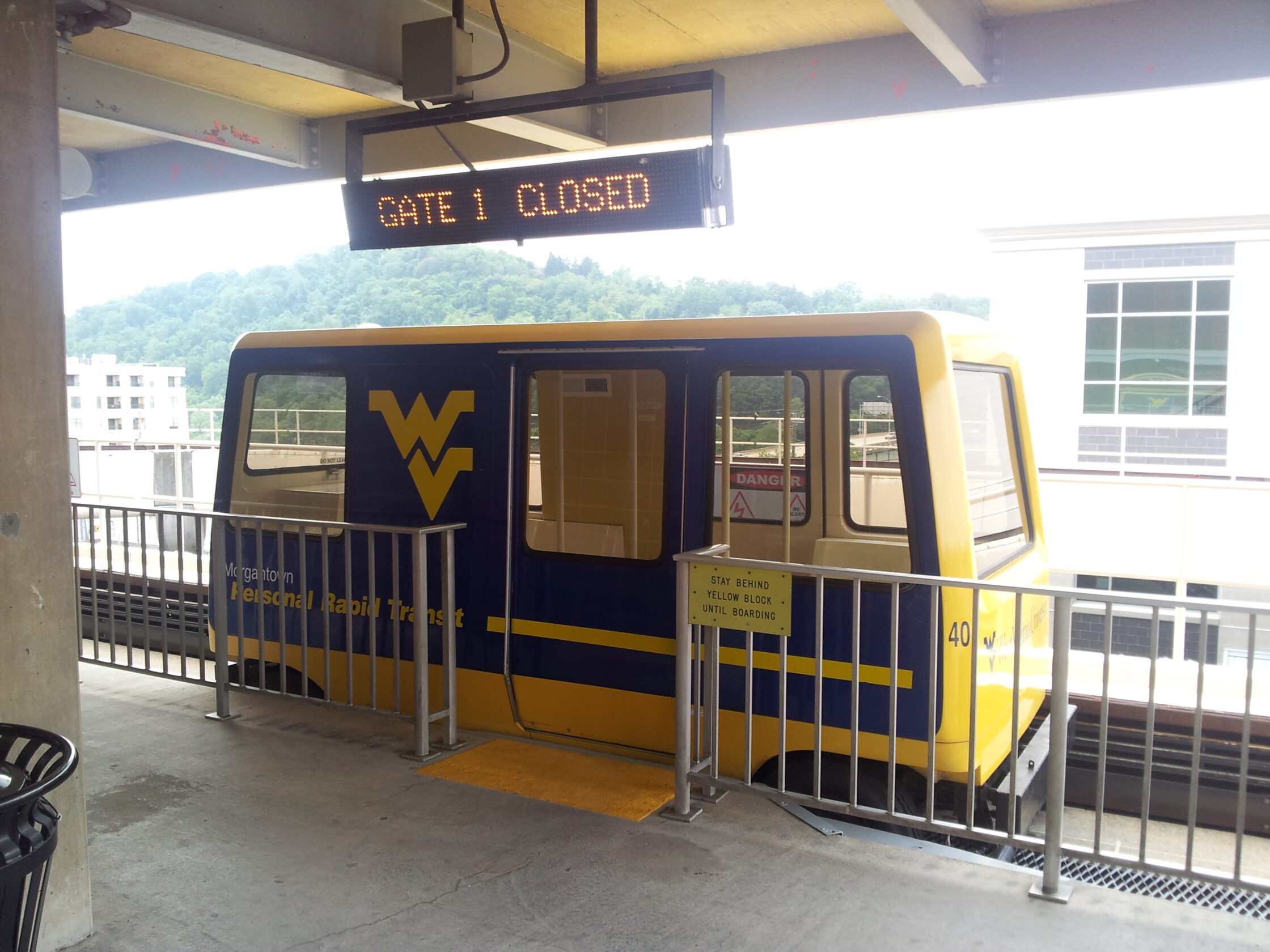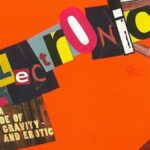Tag: e-lit
-
In which I make my first foray into the wilds of West Virginia.
-
Cordite Poetry Review No. 36: Electronica Poetry Editor: Jill Jones Released: 1 December 2011 Cover image: Maxine Clarke Pandora archive (NLA)
-
Coming soon to K-Town!
•
1 min read
Things have taken a turn for the untold here in Karlskrona, with today’s unveiling by Talan ‘Mad Skillz’ Memmott of a poster advertising the upcoming Cabaret Voltage event. Scheduled to rock the Scandinavian e-lit scene in a manner not witnessed since the last Icelandic ash cloud, Cabaret Voltage will be the final event in a…
-
Call for Works for ELMCIP Anthology
•
2 min read
Electronic Literature as a Model of Creativity and Innovation in Practice (ELMCIP), a collaborative research project funded by the Humanities in the European Research Area (HERA) JRP for Creativity and Innovation, seeks submissions of electronic literature from European writers and practitioners for its upcoming anthology. The editors of the anthology – namely Maria Engberg, Talan…
-
The first professor I saw, was in a very large room, with forty pupils about him. After salutation, observing me to look earnestly upon a frame, which took up the greatest part of both the length and breadth of the room, he said, “Perhaps I might wonder to see him employed in a project for…
-
mez > meaning
•
0 min read
-
I find that my students are often much more able than I am to move easily between print and electronic media and to see the value in each. Remember that I am very much a creature of print culture and so always an alien to even the revolution in which I play a part. Like…

![[d/dn]](https://i0.wp.com/daveydreamnation.com/wp-content/uploads/2024/09/oie_l521ir34eJuC.png?fit=136%2C116&ssl=1)

